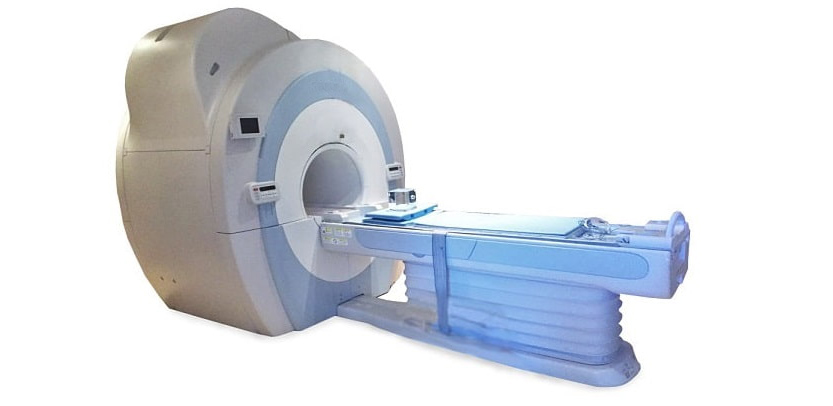
Medical Digital Imaging Systems has brought a revolution in the healthcare sector. The increasing prevalence of chronic disease globally has led to an urgent need for diagnosis of the diseases so that appropriate treatments can be provided to the patients. At the same time, there is an increase in the demand for more innovative and advanced imaging solutions with minimal errors are the major factors that are resulting in the increase in the demand for Medical Digital Imaging Systems in healthcare sectors. Since advanced imaging techniques are able to deliver more accurate and detailed anatomical images that are very helpful in many diagnostic and radiology procedures.
It is a technique that is capable of generating visual illustrations of internal body parts that are further used for medical intervention and clinical diagnosis. It produces images without any invasion in the body.
Medical Digital Imaging Systems are nothing different from medical imaging. It is in fact a type of imaging system in which the images produced by the use of fast processors and through the conversion of energies arithmetically into logical signals. These signals are then converted into digital images.
The medical imaging system plays an important role in the healthcare sector. It involves the use of computers for the processing of images. Many techniques and operations are required to process the captured image like image gaining, presentation storage, and communication. The image produced in this imaging system is the function that shows a measure of characteristics color and illumination on the sight of the view.
The major types of digital imaging that are used in the healthcare sector include ultrasound, radiography, MRI, and nuclear medicines.
It uses high-frequency sound waves that are responsible for reflecting off the tissues resulting in the formation of images of internal organs, muscles, and joints. The light enters the body through the skin and the image of the internal body parts is viewed with the help of electronic sensors attached to the device.
In radiography, electromagnetic radiation is used to capture the images of the internal organs. The most common example of radiography is X-ray in which a beam of high energy waves is radiated on the body. Soft tissue doesn’t absorb this beam of the wave but hard tissue does. The results obtained are transferred to X-ray films.
In MRI, radio waves couples with magnetic fields are used to view the organs of the body. MRI scanner is used for this procedure which a large donut-shaped machine that creates powerful magnetic fields that are able to align the protons in the body.
It is the general term that is used for the medicines that use radioactive materials. These radioactive drugs that are either the swallowed or injected that travel through the body. The radiation that is produced is then detected to form an image.
2D imaging: it is a type of digital imaging in which image is formed in a 2-dimensional format using horizontal and vertical dimensions. 2D is most commonly used for capturing the image of long vascular segments.
3D/4D imaging: it is used to obtain a highly enriched image of the interior of the body. The introduction of 3D digital imaging has brought a revolution in the medical sectors. This mode is useful for taking images of blood vessels and enhanced images of the bones.
It is useful in the diagnosis, identification, and treatment of a variety of diseases, and thus it plays a dynamic role in improving healthcare services. There are many advantages of using digital imaging such as faster and cheaper processing of the image, easier to store the image, it gives quick quality assessment, and well-adapted manipulation of images. This technique is also associated with other benefits like elasticity, data storing and communication, etc.
The major limitation of using Medical Digital Imaging Systems includes its incapability to resize the image with the same resolution, exploitation of copyright and it also requires a faster processor in order to manipulate the image. The lack of helium, hostile reimbursement scenario, and higher cost of imaging modalities in developing countries are some of the big limitations on the application of the medical digital imaging system.
The Medical Digital Imaging Systems Market has been witnessing rapid growth due to technological advancements in diagnostic imaging devices, growing prevalence of chronic diseases along with the upsurge in the aging population, increase in medical imaging procedures, and rising awareness among people for the prognosis of clinical disorders are the main factors that are estimated to improve the growth of the diagnostic imaging market in the coming years. The Global Medical Digital Imaging Systems Market has been anticipated to rise at a growth rate of 10.4% CAGR over the forecast period.